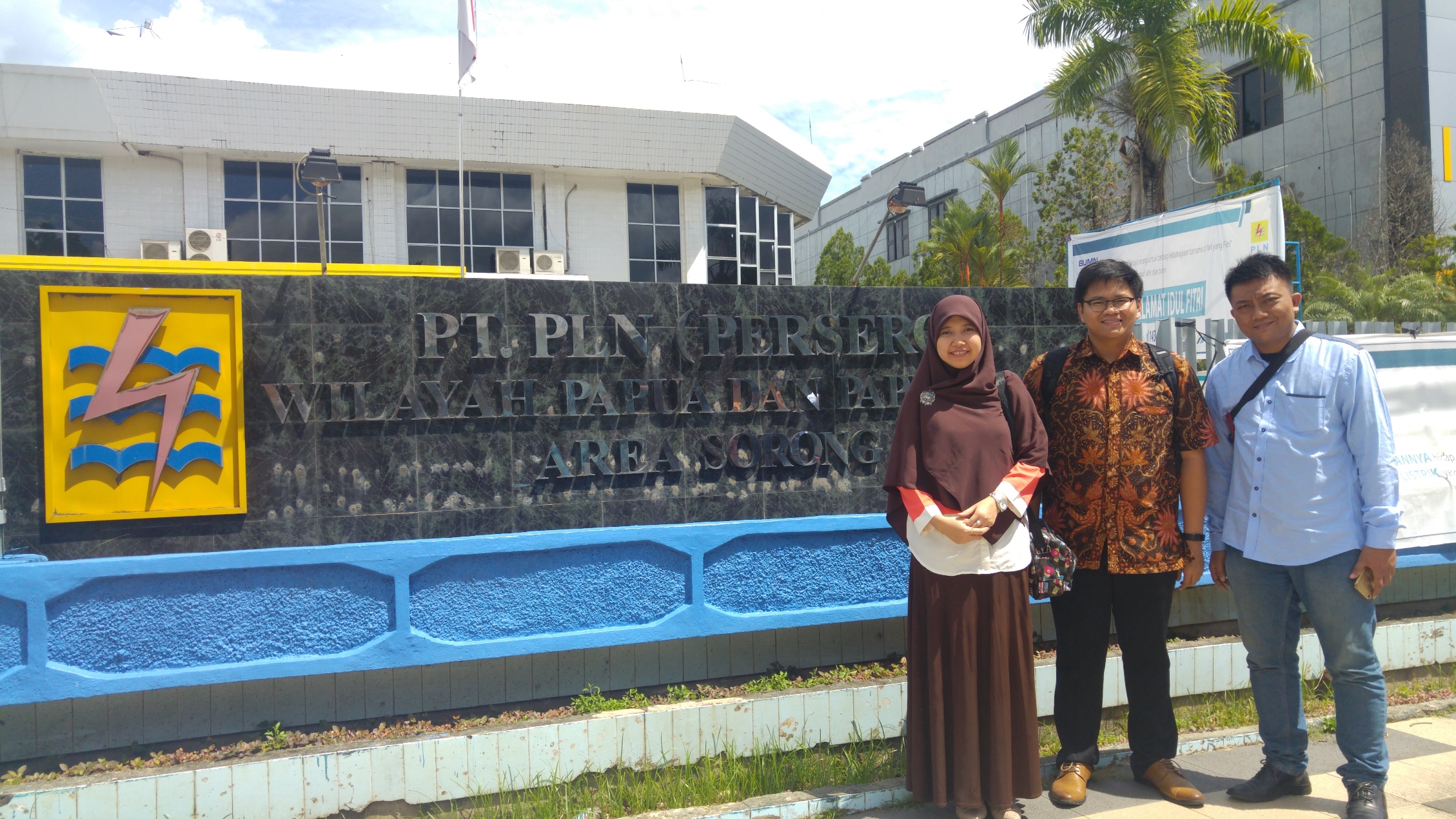Figure 1 A visit to PLN Sorong Area’s office
Purnomo Yusgiantoro Center (PYC) conducted field research to Sorong, West Papua Province, Indonesia on June 28, 2018. It was conducted in order to have a preliminary feasibility study data of Hybrid Solar Power Plant installation, particularly, electricity and meteorological data to determine the specifications of the Hybrid Solar Power Plant that would be installed.
Our first destination was the National Electricity Company (Perusahaan Listrik Negara/PLN) office to obtain a general data of Sorong’s electricity generation and consumption. During this visit, we interviewed one of PLN’s officer in charge of the customer’s data and understood that the electricity supply in Sorong is provided using diesel power generator. The available diesel power plant is managed by PLN with the addition of several independent power producer (IPP) also providing electricity using diesel power plant. Since Sorong is undergoing rapid infrastructure development, the demand for electricity keeps increasing, and the supply cannot always keep up with the peak demand. Due to the supply deficit, a rotated blackout is a common thing in Sorong. In order to overcome this problem, a gas engine power plant will be built in Sorong. In general, the electrification ratio in Sorong is already above 80% with the customers prefer to install 1300 VA load. The relatively high electrification ratio is supported by several government programs. Several villages outside Sorong already received the Energy Efficient Solar Power Lamp (Lampu Tenaga Surya Hemat Energi/LTSHE) as a part of the Ministry of Energy and Mineral Resources electrification program. The LTSHE devices will be able to provide lighting and mobile phones charging to the remote village not connected to the electricity grid. From the visit to PLN Sorong Area’s office, we concluded that the electricity supply in Sorong is highly dependent on the fossil fuel power plant. The existing power plant also cannot provide sufficient power supply to the grid, thus compelled PLN to do a rotated blackout. The planned gas engine power plant is expected to provide sufficient electricity to fulfill the electricity demand in Sorong.

Figure 2 A visit to BMKG Sorong office.
Our second visit was to get Sorong’s meteorological data. To obtain this data, we visited the Meteorological, Climatology, and Geophysical Agency (Badan Meteorologi, Klimatologi dan Geofisika/BMKG) of Sorong. The agency’s office, which is located in the Domine Eduard Osok Airport complex, is also tasked to monitor the weather for aviation purposes. During this visit, we met the Head of Information Section of BMKG Sorong who warmly welcomed our visit to the office. We presented our visiting purpose and objective to gather preliminary feasibility study data of Hybrid Solar Power Plant installation in Sorong. The Section Head explained that generally, a request for meteorological and climatological data will be charged as a Non-tax National Income (Pendapatan Negara Bukan Pajak/PNBP). However, since the data will be used for research purposes, the section head will try to accommodate our request as it is for Indonesia’s interest.
Our visit to Sorong managed to gather sufficient information and relation with the related office and agency. With the data gathered during our preliminary visit, we hope to have a better understanding of the electricity demand and potential for solar power installation in Sorong. Our next visit will focus on actual data acquisition and a more detailed survey to the designated area for the pilot Hybrid Solar Power Plant system installation. Hopefully, the planned pilot project can be a model for the hybrid power system in Indonesia, especially for the area with electricity deficit.







